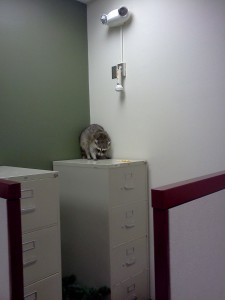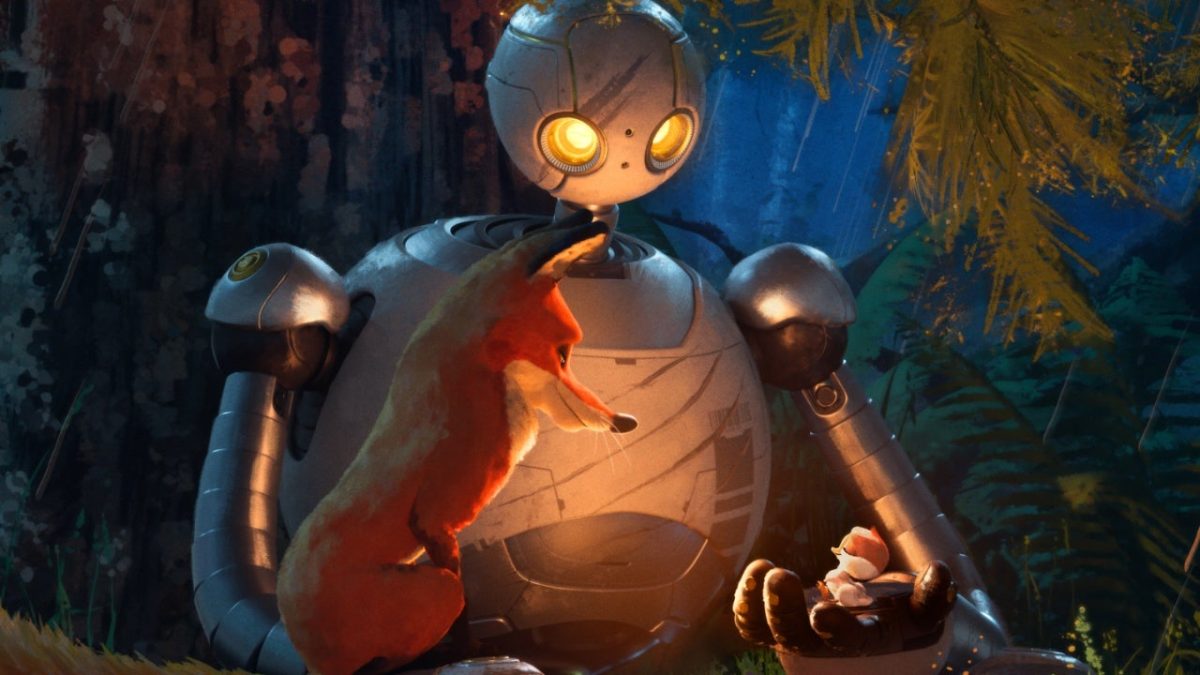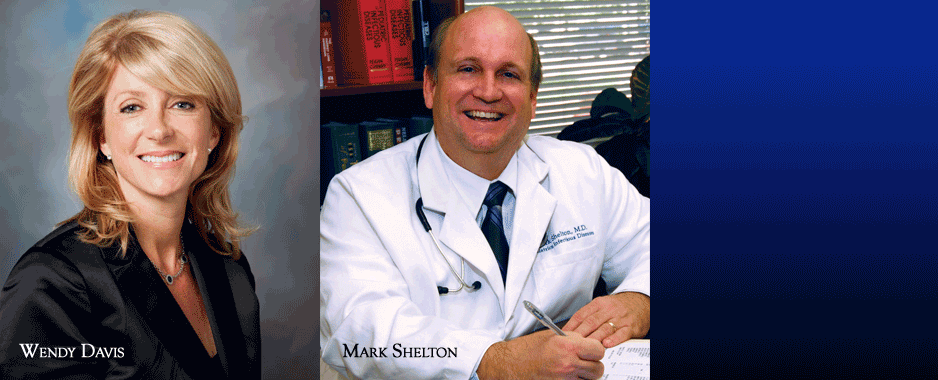By Joshua Knopp/special assignments editor
Throughout the semester, NE Campus students have experienced strange smells in various buildings. In most cases, this is because there’s a dead skunk underneath them.

Photo courtesy Jackie Hon
According to lead groundskeeper John Tilley, the campus has always had a skunk population, but this year, that population has exploded. More skunks than normal survived the mild winter, and there’s less water for them to drink because of the dry summer. Both factors contribute to more skunks on campus, Tilley said.
For shelter, the skunks burrow under the campus buildings and then die when they can’t get back out, releasing the smell students have been experiencing. Since March, Tilley and his crew have caught 13 live ones on campus, which is well above average.
Tilley said that, climate aside, the primary reason for wildlife on campus is a convenient food source.
“You know what the biggest skunk problem is? Faculty and staff keep leaving out cat food for the stray cats,” he said. “Why would he want to go anywhere when there’s free food?”
Skunks aren’t the only varmints that have populated NE Campus recently. The groundskeeping crew has encountered multiple raccoons, possums and a bull snake on campus since March.
A family of raccoons even got into the counseling center’s ceilings. Administrative assistant Susan Webb, who works on the first floor of the building, recalled the first incident in which a raccoon had fallen through the ceiling and into the testing center.
“April [Leigh Wagnon] was here. She opened in the morning,” Webb said. “She noticed things were awry. She walked in a little further, and, lo and behold, there was a raccoon on
top of our file cabinet!”
Tilley described this raccoon as “not happy,” saying that the testing center needed to be shut down that day because of the destruction.
One floor above in the counseling center, student development specialists Samantha Schroeder and Jeannene Stewart said they experienced a family of raccoons in their ceiling. During the registration rush, one of them even reached down to say hello.
“I grew up in the country,” Stewart said. “That didn’t scare me. But the townies, it did.”
The groundskeeping crew put a trap in the ceiling, but Schroeder says it was ineffective.
“It learned how to get the food out of the trap,” she said.
Soon, the raccoons gained weight and the ceiling tiles began to bow under them as they walked.
“I thought one was going to fall on my head,” Schroeder said.
Tilley predicts that a feral cat population will spring up on the campus soon.
“[At] 5 a.m., they’re everywhere,” he said. “I’m seeing the third generation now.”
The groundskeeper sent a plea for the staff to not leave food out for the animals.
“They have good intentions,” he said. “They’re trying to feed the cats, but they’re feeding everything else.”























